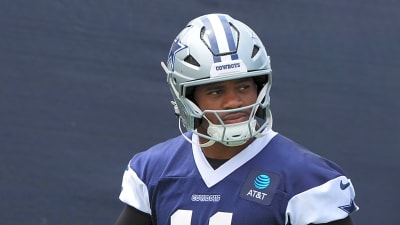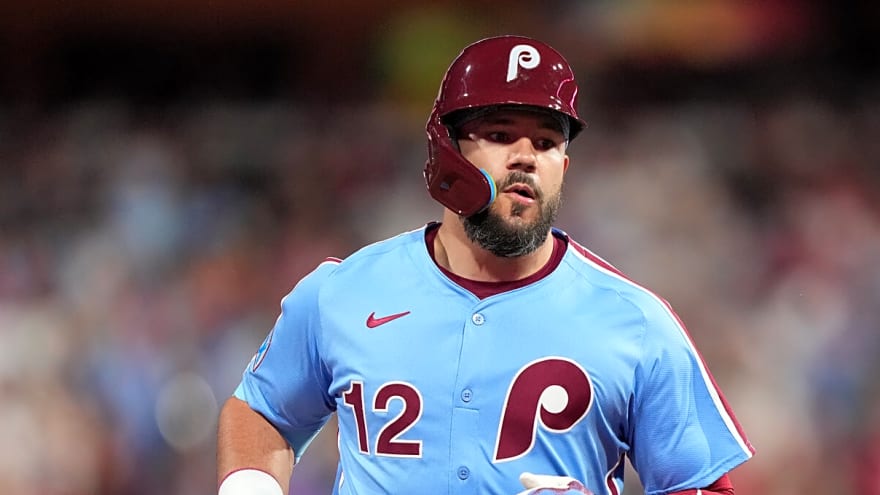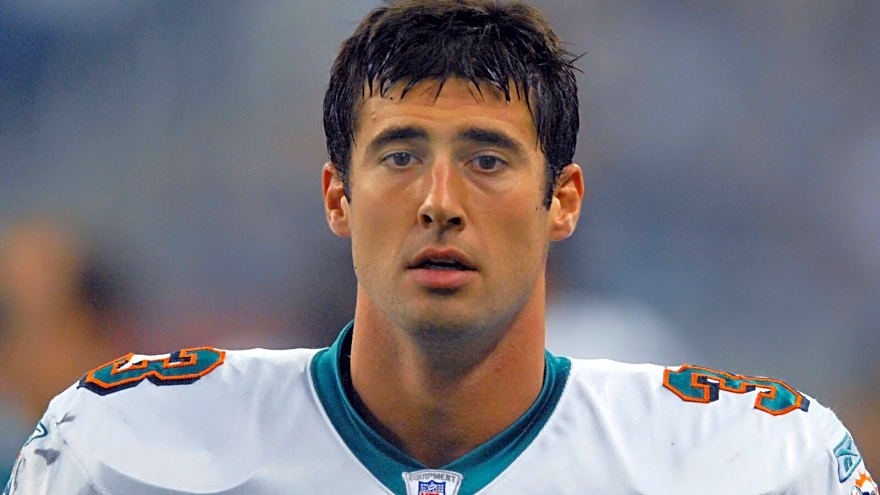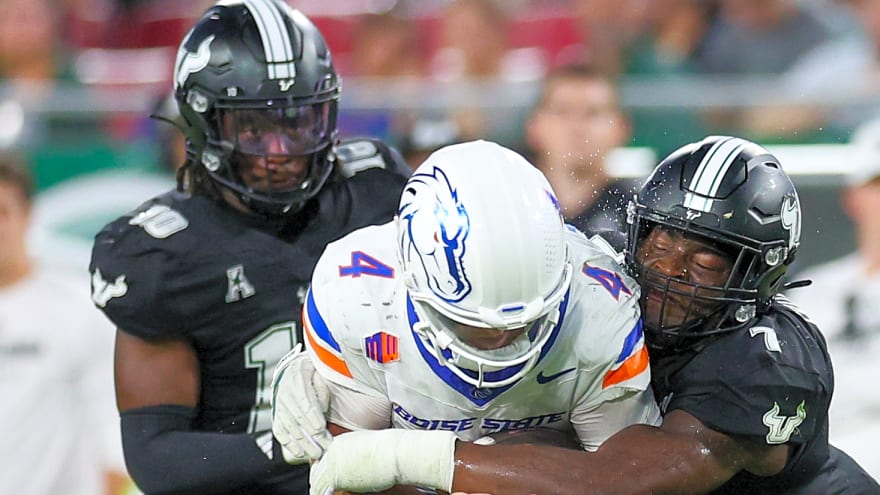
The first two chapters of Life is Strange: Double Exposure are out now for purchasers of the premium edition of the game, with players around the world stepping back into the shoes of Max Caulfield in a new adventure with new powers. In our preview of the fantastic first chapter of Double Exposure, we enjoyed what the game had to offer, but our time with the game came to an abrupt halt after experiencing a game-breaking crash early in chapter two.
Despite assurances from Square Enix that the bug that caused the crash had been fixed in the retail version of the game on PC, since the game’s release we’ve had numerous reports from players that they’re experiencing the same crash at the same point. Thankfully, the solution to this is pretty simple, and with a quick tweak of the settings, you can move on to the rest of the chapter.
Life is Strange: Double Exposure – How to fix the chapter 2 crash on PC
Life is Strange: Double Exposure can crash for some players early in chapter 2, after Max hears a ringing sound and goes to investigate. She promptly finds the source of the sound, and surmises that it’s related to her new timeline-jumping powers, after which the player is supposed to switch between timelines to test that theory. Attempting to switch, though, causes the game to crash immediately.
To fix this crash, open up the game’s settings, and then navigate to the Accessibility Settings tab. Scroll down to the setting that says “Simple Power Effects” and switch the toggle to “Yes.” This should allow you to activate Max’s powers without the game crashing, at the cost of some screen effects.
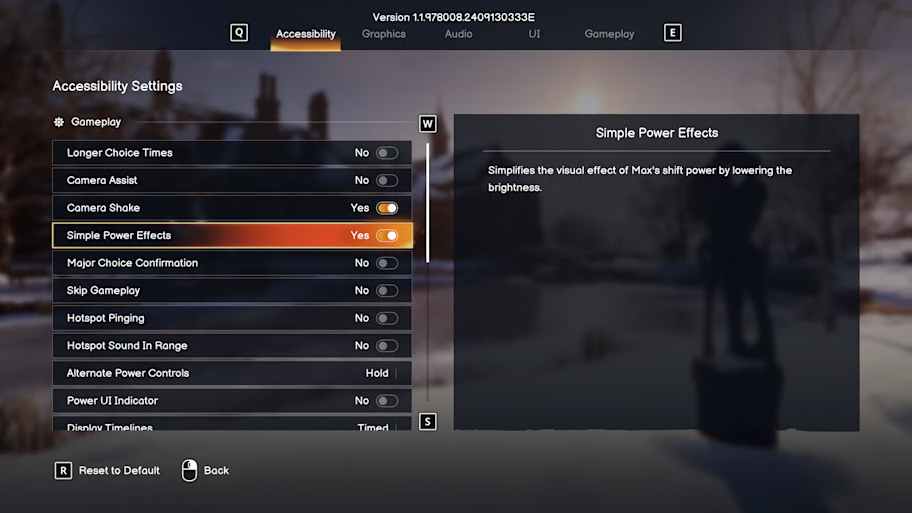
Square Enix has also added this solution to a scroll message on the game’s title screen, alongside a message saying that if the game is abnormally bright, players can adjust this in the game’s settings. In our experience, this can be caused by a few things, such as the HDR setting being on while using a non-HDR monitor, the shadow quality being set to low, and the brightness slider itself being too high.
More must-reads:
- Jerry Jones again proves he shouldn't be making decisions for Cowboys
- Jelena Ostapenko responds to racism allegations after post-match confrontation with Taylor Townsend
- The 'Most 1,000-rushing yard NFL seasons' quiz
Breaking News
Trending News
TODAY'S BEST
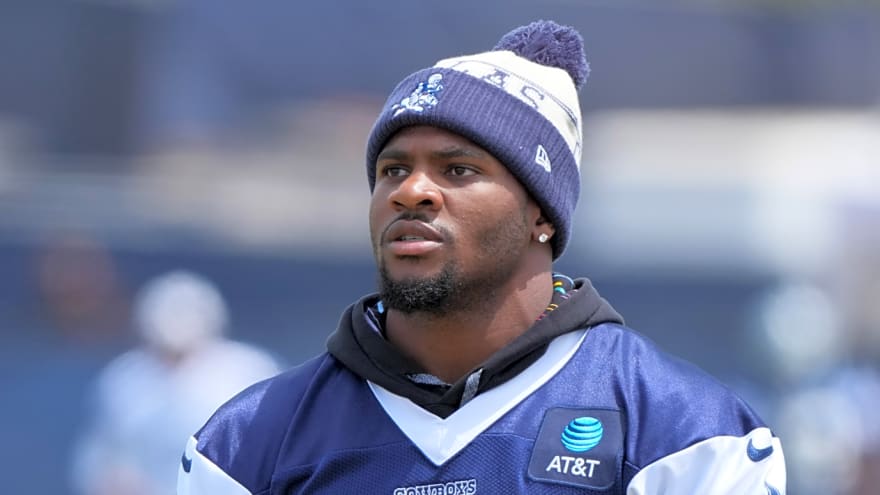
Micah Parsons trade winners, losers: Packers fleece Cowboys for All-Pro
The unthinkable happened. On Thursday, the Dallas Cowboys traded edge-rusher Micah Parsons to the Green Bay Packers, and there's a lot to unpack. Per ESPN's Adam Schefter, the Cowboys received two first-round picks and Pro Bowl defensive tackle Kenny Clark in the trade, while the Packers promptly extended Parsons on a four-year, $188M contract ($136M guaranteed), worth $47M per year, making him the highest-paid non-quarterback in NFL history. While we digest the blockbuster trade, here are our initial winners and losers. Winner: Green Bay Packers | The Packers clearly got the better end of the deal. Any time a team can deal two (likely) late first-round picks and a defensive tackle who turns 30 in October for a player of Parsons' caliber, it would be negligence not to. Green Bay's interior depth along the defensive line took a hit, with undrafted free agent Nazir Stackhouse potentially in line for significant playing time following Clark's departure, but those first's will be hardly missed as the Packers play deep into January and, possibly, February. Parsons fills a huge need at edge-rusher. Last season, Green Bay ranked No. 26 in ESPN's pass-rush win rate rankings, while Parsons finished the year third among edge-rushers in pass-rush win rate. The two-time first-team All-Pro's 52.5 sacks are also the sixth-most in a player's first four seasons in NFL history. (h/t Stathead) Loser: Dallas Cowboys | It's going to be a long season for the Cowboys. Trading Parsons makes the defense, which ranked No. 31 in points allowed a season ago, substantially worse. Marshawn Kneeland, a 2024 second-rounder, and veteran Dante Fowler are in line to start along the edge following Parsons' departure, and neither come close to his playing stature. Fowler, 31, is coming off a 10.5-sack season but only has 55.5 in nine seasons, while Kneeland is still seeking his first career sack after appearing in 11 games last season. Payton Turner, a 2021 New Orleans Saints first-round pick, signed in free agency but was placed on injured reserve to start the season, meaning he'll miss at least the first four games. And after producing just five sacks in his first four seasons, it's unlikely he'll move the needle much upon his return. Third-year linebacker DeMarion Overshown was a productive pass-rusher last year but is coming off a second season-ending torn ACL suffered in December and currently on the physically unable to perform list. One week before opening the season on Thursday against the defending-champion Philadelphia Eagles, the Cowboys may have already sealed their fate. Winner: Detroit Lions defensive end Aidan Hutchinson | The fourth-year defensive end was always going to make a lot on his second contract, but Parsons' mammoth extension sets a sizable base line for Hutchinson to request in negotiations. He had put himself in line to be the front-runner for Associated Press Defensive Player of the Year last season with 7.5 sacks in his first five games before fracturing his tibia and fibula in Week 6 against the Cowboys. Fully healed from that injury, Hutchinson is set to pick up where he left off, making it only a matter of time before the Lions offer him an extension, which just got a lot more expensive. Loser: Detroit Lions | The Lions aren't losers for their eventual Hutchinson payday. That's a good problem to have. Instead, a more legitimate concern is when they play the Packers to open the season in Week 1. The pivotal NFC North battle got even tougher for the defending division champs. In two career games against the Lions, Parsons has 12 tackles (two for loss), two sacks and three quarterback. While he sat out all of Cowboys training camp with a back injury, we wouldn't be surprised if his Packers contract also comes with magical healing powers. Parsons has routinely gotten off to hot starts with four career Week 1 sacks, and the Lions should anticipate him being ready to set the tone for 2025 as well. Winner: Cleveland Browns | It isn't often that the Browns do something right, so let's give credit where it's due. Earlier this offseason, Cleveland was in a similar position as Dallas after star defensive end Myles Garrett requested a trade. Instead of acquiescing to his demand, the Browns rectified the situation and gave him a deal worth $40M annually, which at the time stood as the NFL's largest non-quarterback contract. Less than six months later, Garrett is the third highest-paid edge-rusher, also behind Pittsburgh Steelers outside linebacker T.J. Watt. The Browns got ahead of the edge-rusher signing frenzy, and with the dust settled on the league's off-season spending spree, it's deal for Garrett has become a bargain. Loser: Jerry Jones | It's poetic in a sense. One trade began the Cowboys dynasty, and another put the final nail in them possibly winning another Super Bowl with Jones as team owner. In 1989, Jones traded running back Herschel Walker to the Minnesota Vikings for a draft-pick haul, a formative moment in the team's eventual 1990s dynasty. Over three decades later, the Parsons deal could set the Cowboys on a different track. No franchise serious about contending trades its best player. Instead, Jones effectively raised the white flag on Thursday. It's never been more clear that Dallas needs a fresh perspective in its front office. As long as Jones remains as general manager, it will be impossible to take the Cowboys seriously.

Cowboys land three-time Pro Bowler in Micah Parsons trade
It may be no consolation to Dallas Cowboys fans, but their team did land an outstanding defensive player as part of the stunning blockbuster that sent Micah Parsons to the Green Bay Packers on Thursday. The Cowboys have traded Parsons to the Packers in exchange for a pair of first-round draft picks and defensive tackle Kenny Clark. While Clark is nowhere near the same caliber player as Parsons, he has been one of the top players at his position in the NFL for several years now. Clark spent nine seasons with the Packers after they drafted him in the first round out of UCLA in 2016. He became a full-time starter in 2017 and has started every game in which he has played since. Clark started all 17 games for Green Bay the past three seasons and has missed just one game in the last four years. He had a career-high 7.5 sacks and nine tackles for loss in 2023, which is when he made his third and most recent Pro Bowl. The 6-foot-3, 314-pound tackle also made the Pro Bowl in 2019 and 2021. Almost all Cowboys fans would have preferred for their team to work out a long-term extension with Parsons. The tension between the two sides simply escalated to the point where a divorce became the most viable option. If the Cowboys felt they had no choice but to trade Parsons, they at least seem to have maximized the return. The future first-round picks will give them flexibility to build through trades and/or the draft. It should also soften the blow — even if only slightly — that they landed a 29-year-old player who has played like an elite defensive tackle throughout much of his career.

Jerry Jones Has a ‘1-Word’ Response to How Other Cowboys Players Can Get Contract Extension After Micah Parsons Saga
Jerry Jones remains adamant that he handled Micah Parsons‘ contract negotiations perfectly, despite handing the edge rusher over to a team that humiliated the Dallas Cowboys in the playoffs a little over a year ago. The veteran owner asserted that his approach to future contract talks will stay the same. Jones and Parsons had a verbal agreement in place regarding his extension in April. Parsons had no qualms about the number he was offered, but he wanted to run it by his agent, David Mulugheta, before making the deal official. The Cowboys brass did not receive the memo. An emotionally hurt Parsons requested a trade. He wanted to leave the Dallas franchise. Several teams inquired about him. The Green Bay Packers eventually offered the best deal. Jones agreed to do business with the Packers because the NFC North side had the necessary cap space to pay Parsons. We only picked teams that had room on their cap, that can pay Micah, and we only picked teams that had top tackles. Interior tackles… that we wanted to have any dialog at all about a trade. That was the criteria of trading. Top existing tackle that could come in here and play for us right now. Jerry Jones said (H/T: FOX Sports) According to inside sources, Parsons had a $40 million deal on the table from the Cowboys. He declined to accept the terms. The Packers offered him a $47 million/year contract in exchange for two first-round picks and DT Kenny Clark. Clark is a three-time Pro Bowler with nine years of experience under his belt. However, he only logged 37 total tackles and 1 sack in 2024. Meanwhile, Parsons sacked NFL quarterbacks 12 times despite missing four games last year. Jerry Jones will continue to play hardball with player contracts Jones’ press conference following the trade explained his thought process that went into dealing with Parsons and his agent, or the lack of it. Will he take lessons and revise his way of handling player contracts? Unfortunately, Jerry Jones prefers dealing with players as if he’s negotiating in the 1990s. Quarterback Dak Prescott faced it, and so did CeeDee Lamb, Dez Bryant, and Emmitt Smith before them. And it’s likely to continue in 2026 when the Cowboys have to hold talks with DaRon Bland, Donovan Wilson, Dante Fowler Jr., CJ Goodwin, and a few others. There’s every possibility that these guys might experience the same as Parsons next year. So, what should they do when the time arrives? Jones, with a smirk on his face, said, “Ask Dak.” Prescott’s standoff lasted the entire 2024 offseason. He eventually signed a $61.5 million AAV deal to become the highest-paid quarterback ever. When you’re here in this organization, this is just how you see things are done, whether they’re right, wrong or whoever has their view about them. But what I think that does help is allow us just to stay focused on our jobs and understanding that us putting energy towards any of that doesn’t help. Dak Prescott said (H/T: Fansided) It’s unclear whether Prescott faced the same situation as Parsons or whether he was ever on the verge of a trade. Judging by the Pro Bowler’s latest statement, there may be hidden details that the Cowboys’ front office doesn’t want the general public to find out. Regardless, Parsons is no longer a Cowboy, which complicates their position in the NFC. With the Philadelphia Eagles waiting to host them in week one, they must quickly find another LB who can fill in until Clark gets the hang of Matt Eberflus’ defensive playbook.

Eagles 'Expected' To Sign Former 4th-Round Patriots WR
It appears as though another wide receiver will be joining the Philadelphia Eagles in the near future. Teams have been making moves left and right over the course of the week. Hundreds of players hit the waiver wire as teams have adjusted 53-man rosters and practice squads. The Eagles have been scouring the market and potentially have another playmaker on their hands. CBS Sports' Matt Zenitz reported on Friday that the Eagles are "expected" to sign former New England Patriots wide receiver Javon Baker to the practice squad. The Eagles are signing the former Patriots WR "The Eagles are expected to sign former Patriots wide receiver Javon Baker to their practice squad, sources tell CBS Sports," Zenitz said. "Was a fourth-round draft pick of New England last year and played in 11 games as a rookie for the Patriots last season. "Baker, who played collegiately at Alabama and UCF, was college teammates with multiple current Eagles players including DeVonta Smith. At UCF in 2023, he ranked first nationally among Power Four players with an average of 21.9 yards per catch." Baker has a connection with Eagles receiver DeVonta Smith, as Zenitz mentioned. He isn't the first receiver to come to town this offseason with a connection to Smith. Philadelphia has been adding receiver talent and recently acquired John Metchie III, who also played college ball with Smith. Metchie and Baker also overlapped at Alabama for two years before Baker moved on to UCF in 2022. The 23-year-old was selected in the fourth round of the 2024 NFL Draft by the Patriots and appeared in 11 games as a rookie. Baker caught one pass for 12 yards and the Patriots moved in a different direction. Baker put up some big numbers back in college. For example, in 2023, he has 1,139 receiving yards and seven touchdowns in 13 games played. Now, he'll join the Eagles' practice squad that already has included Britain Covey, Elijah Cooks, Terrace Marshall since the team was able to start forming the practice squad this week.
Customize Your Newsletter
 +
+
Get the latest news and rumors, customized to your favorite sports and teams. Emailed daily. Always free!

